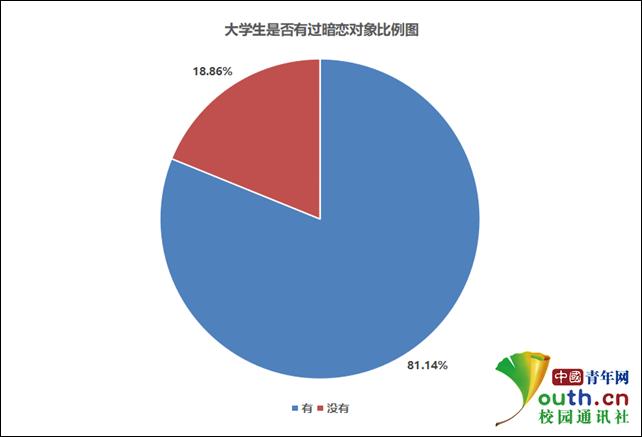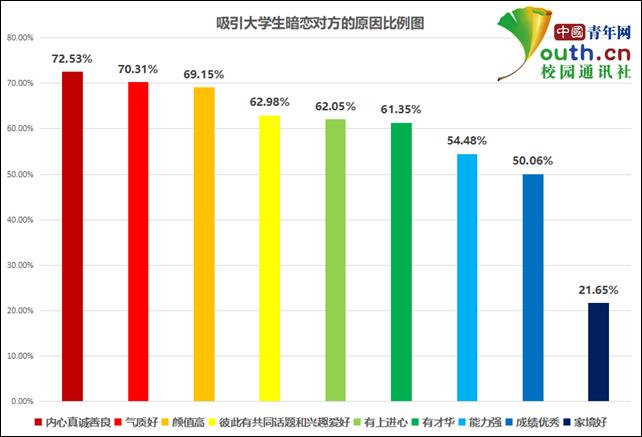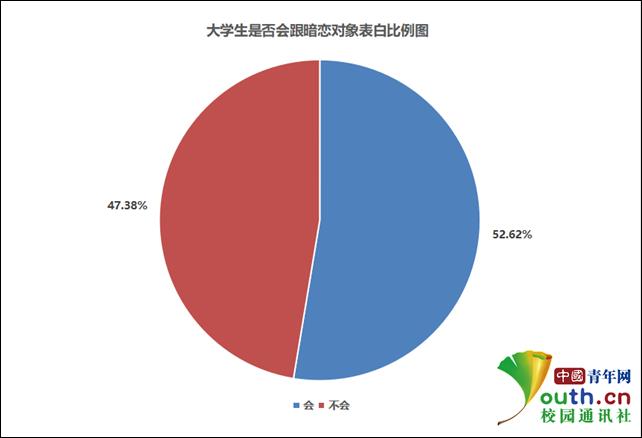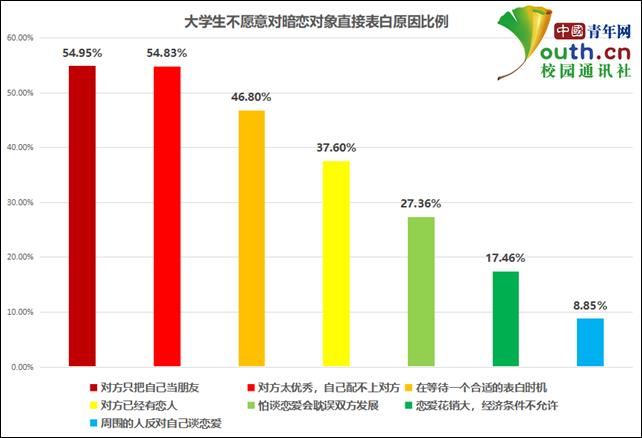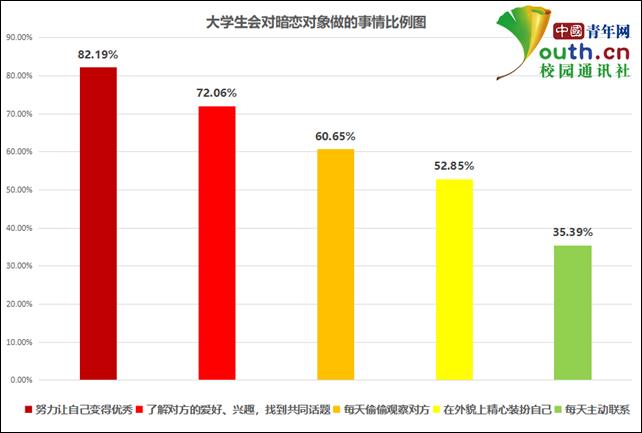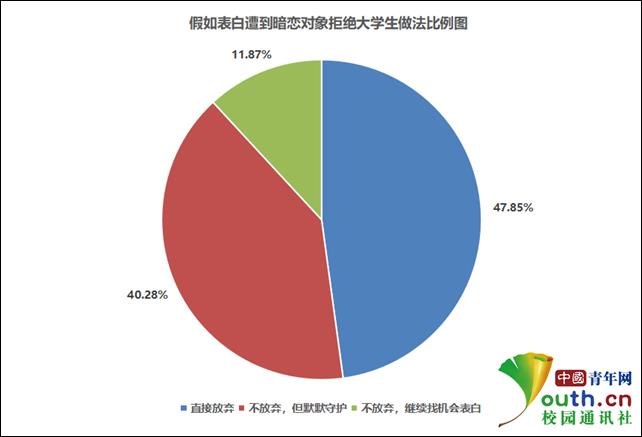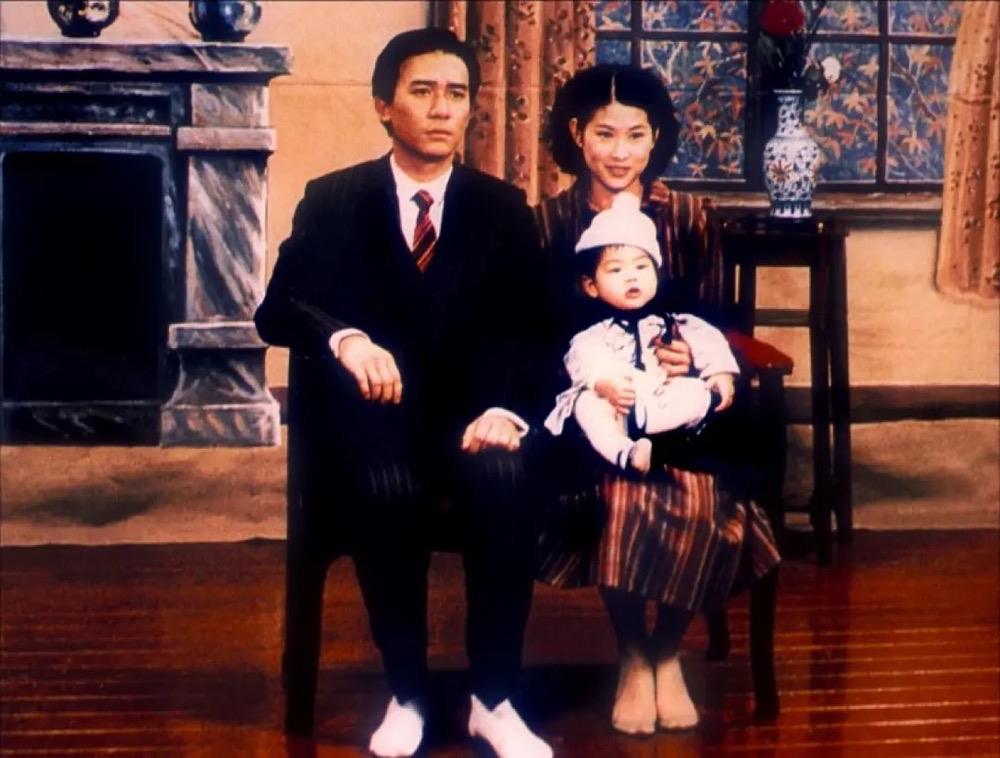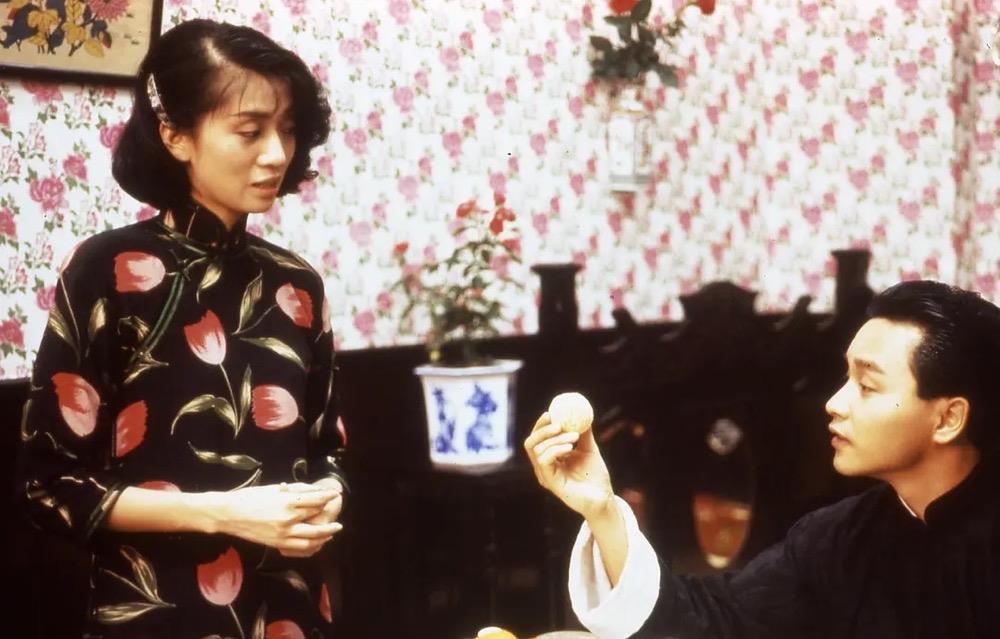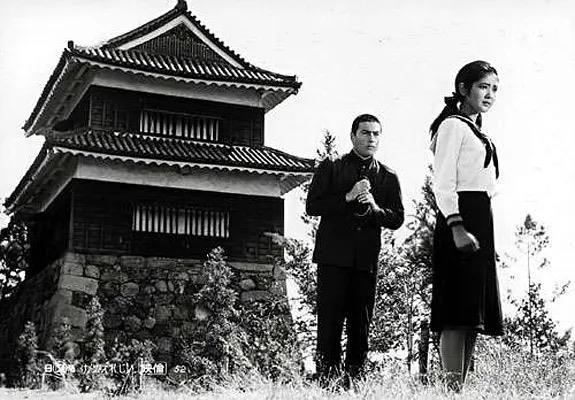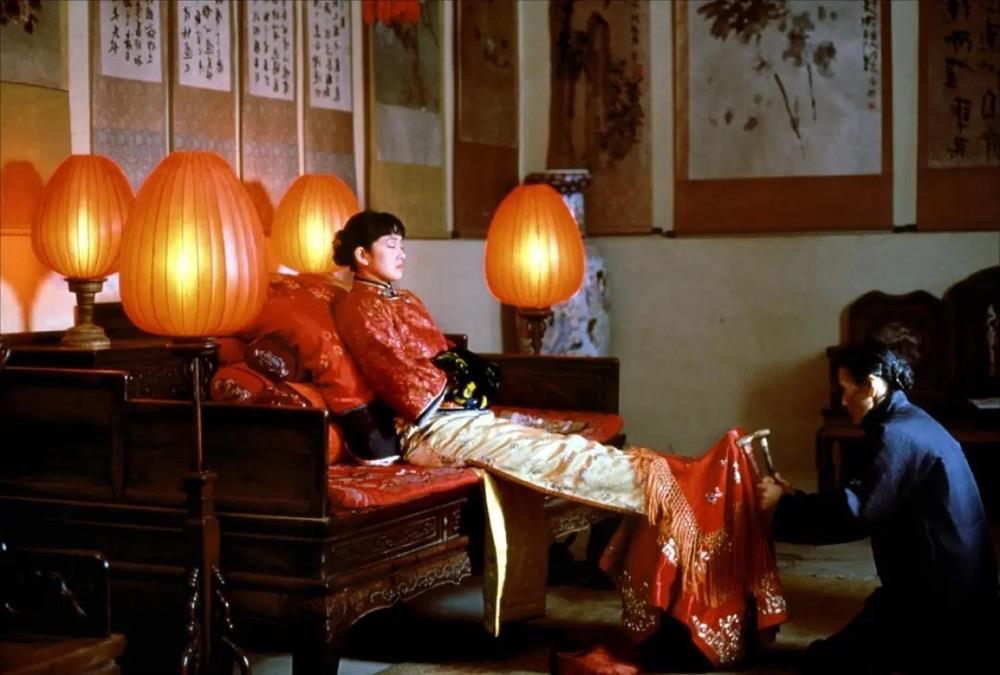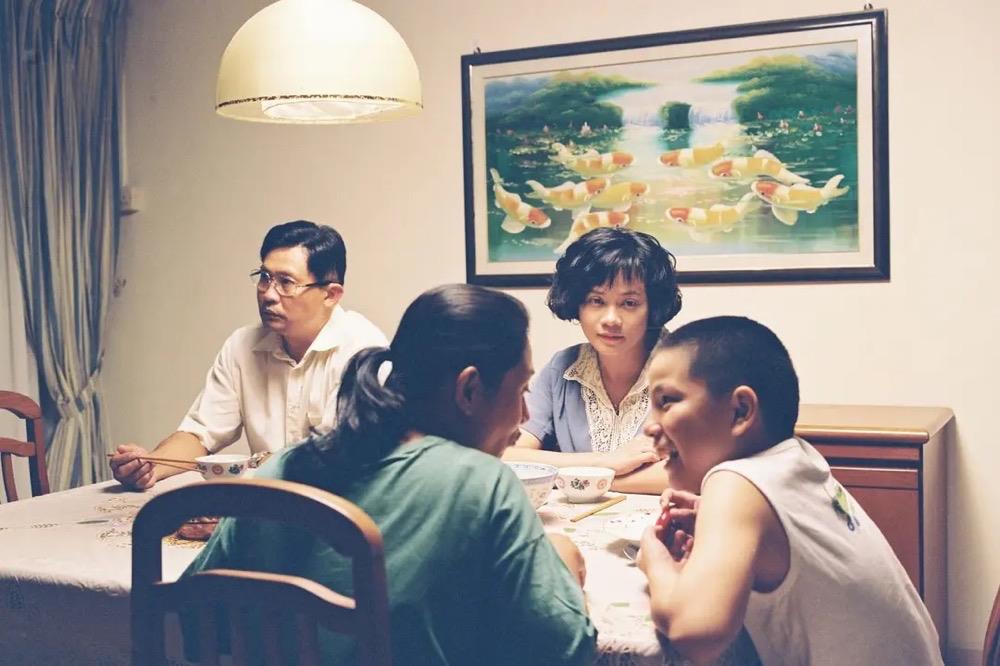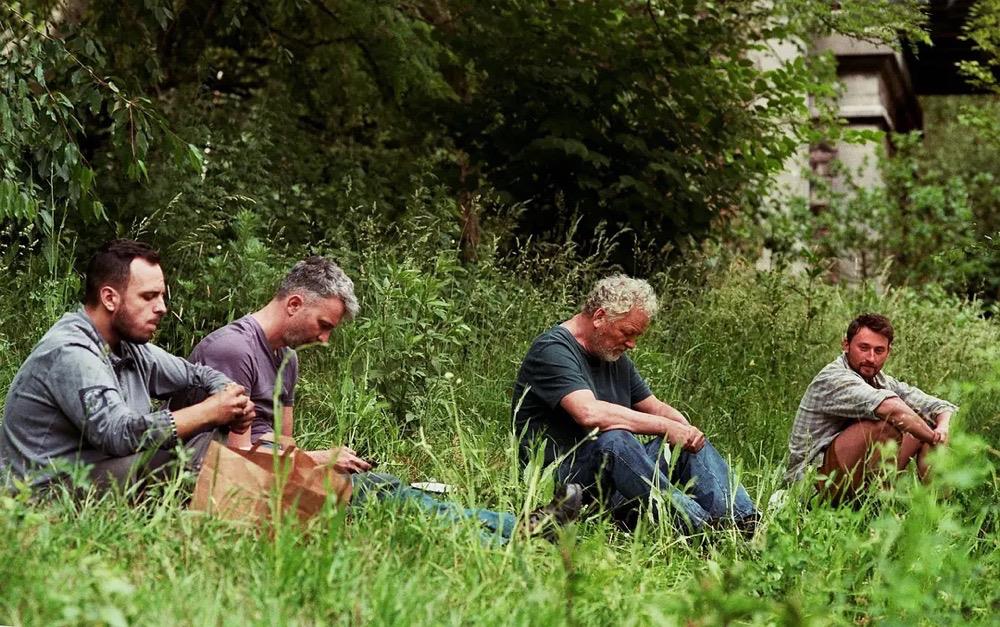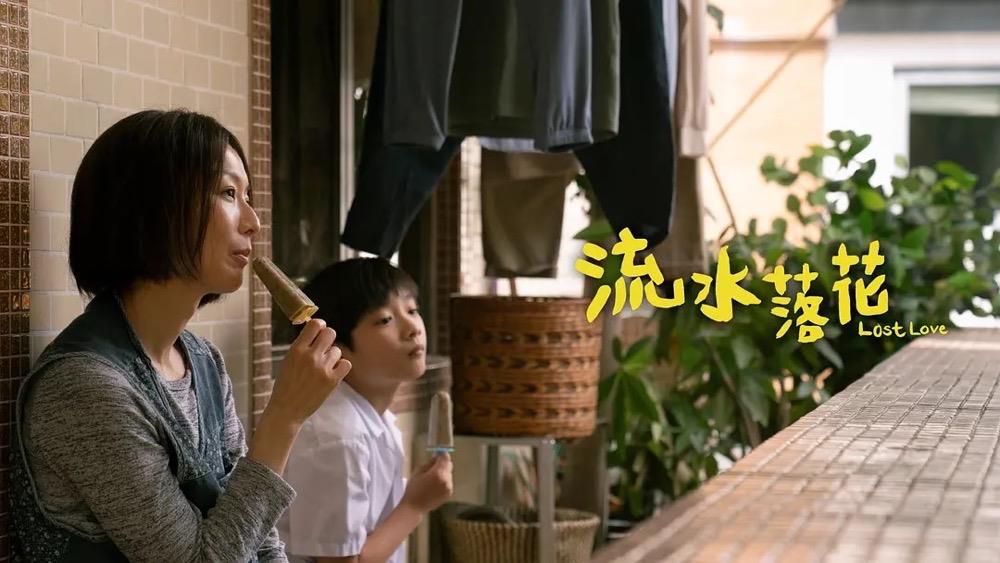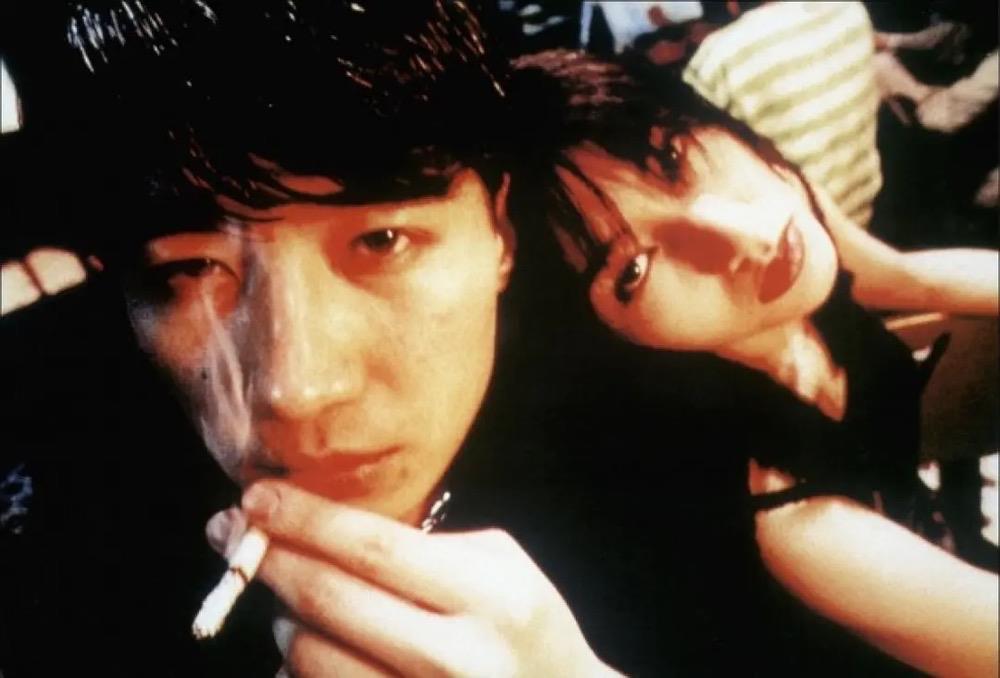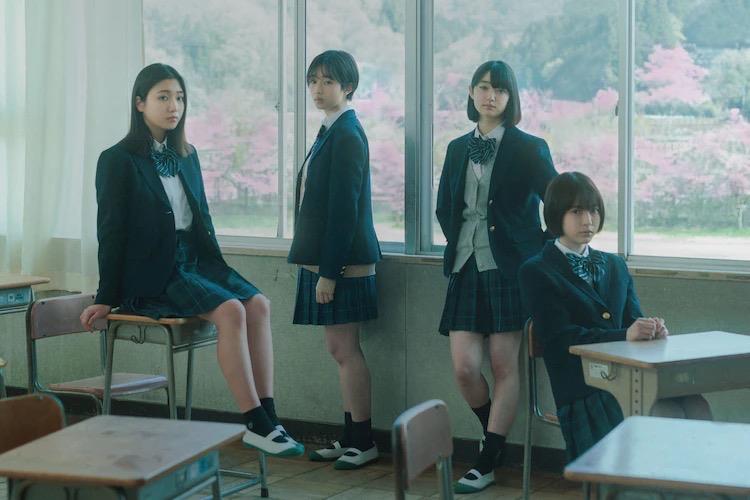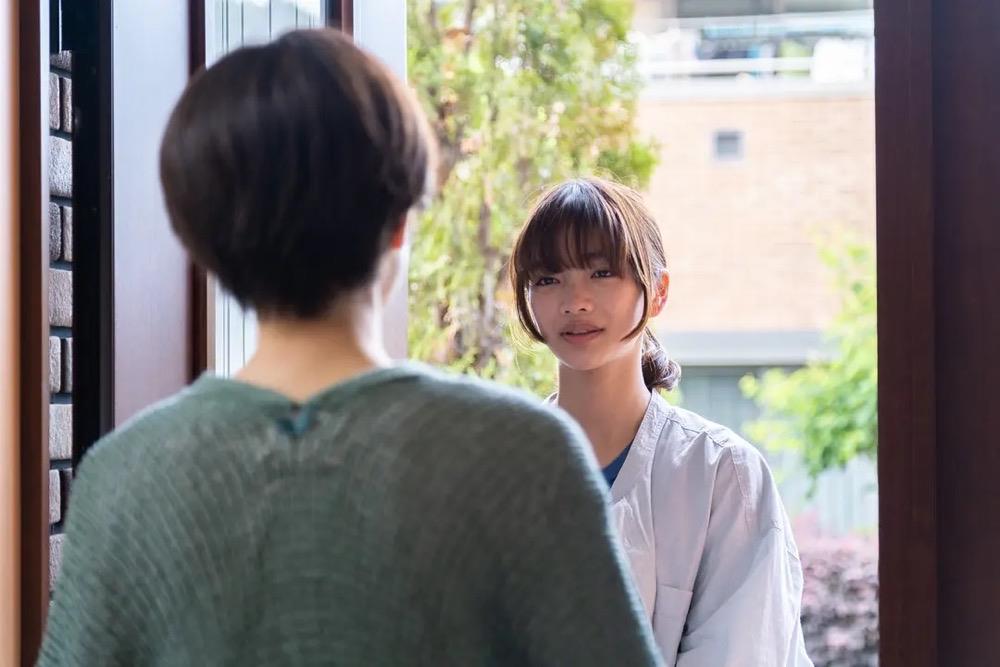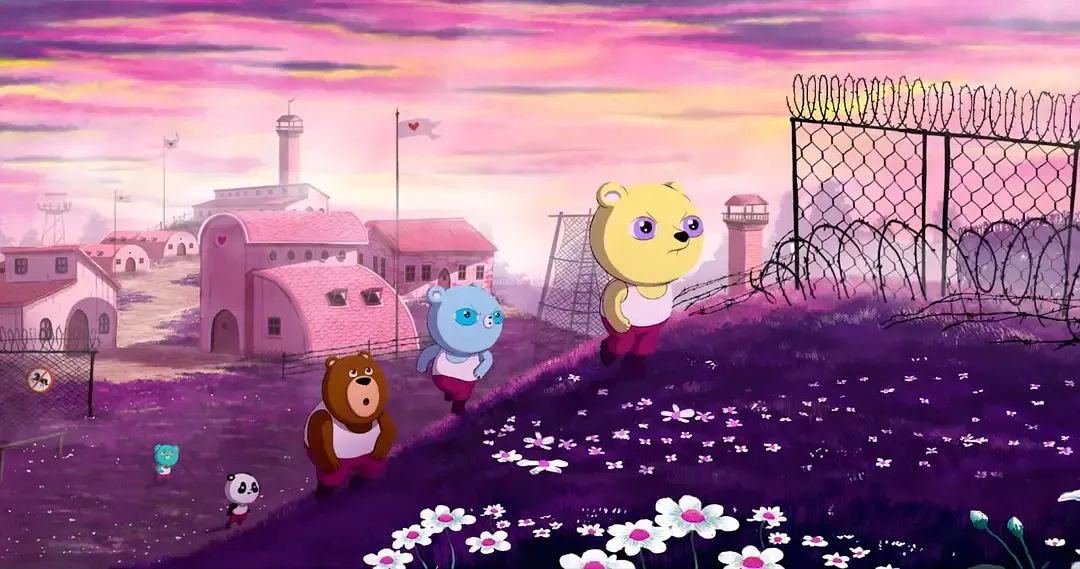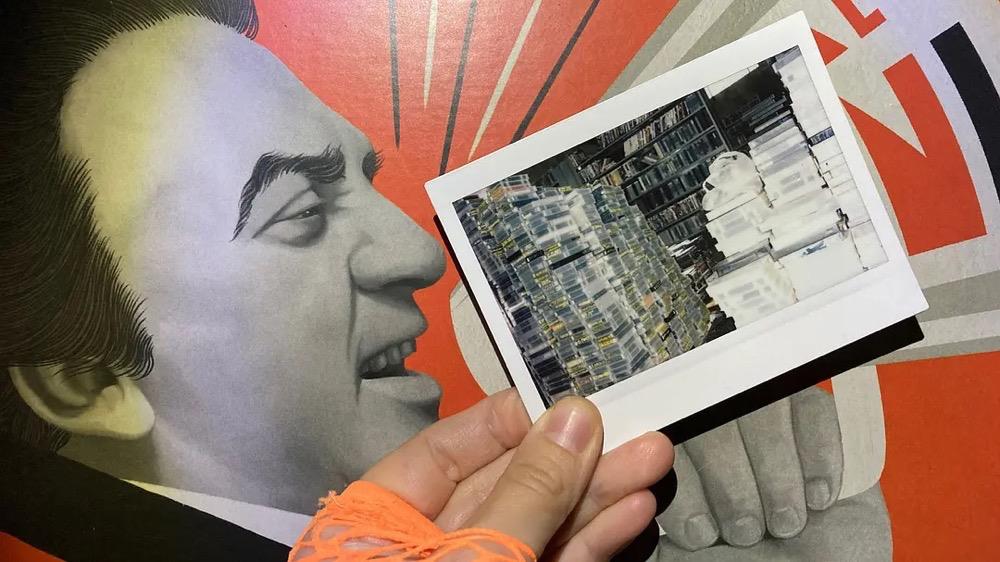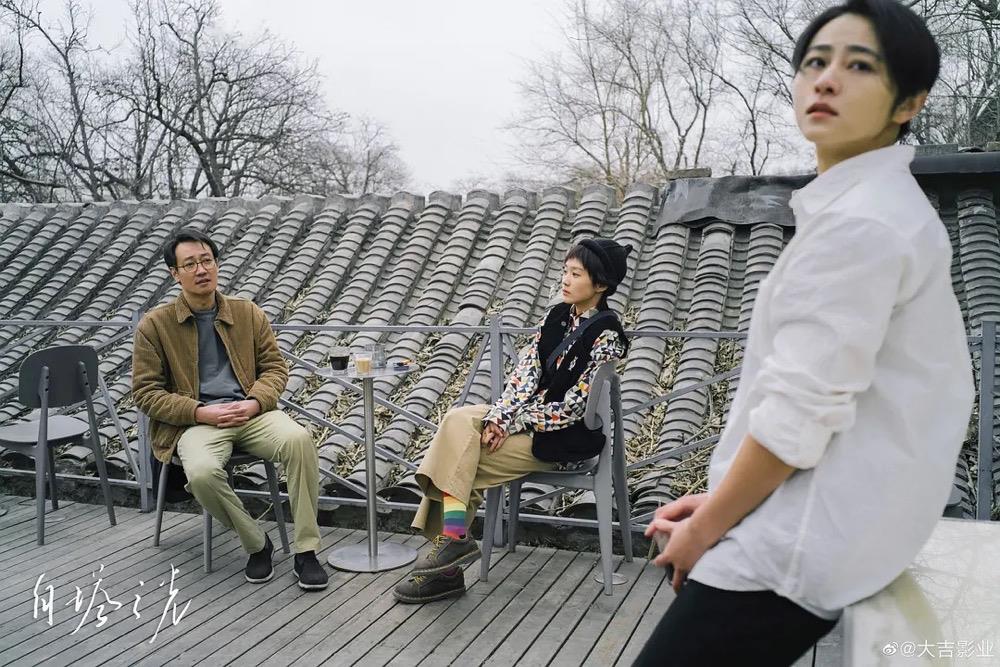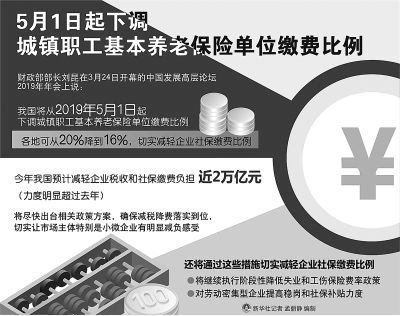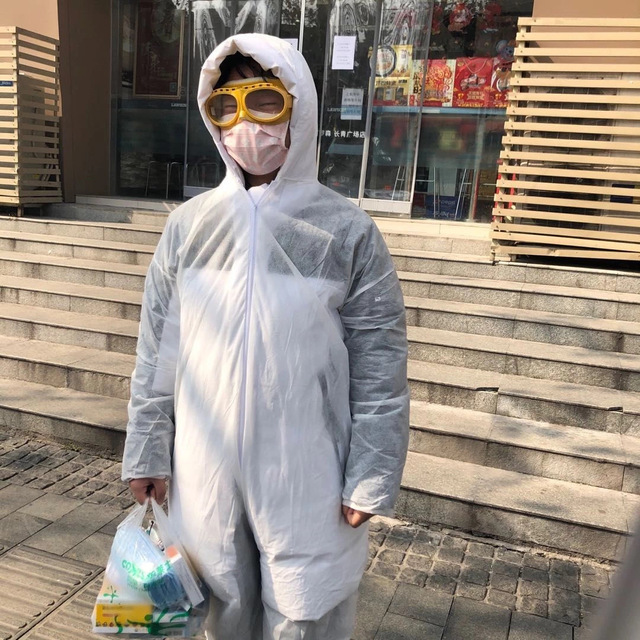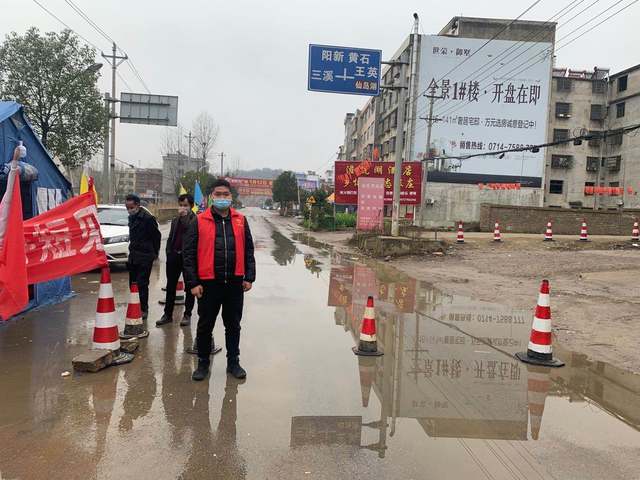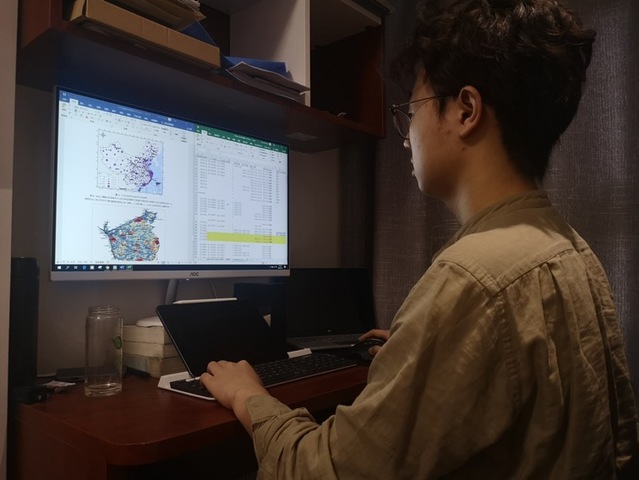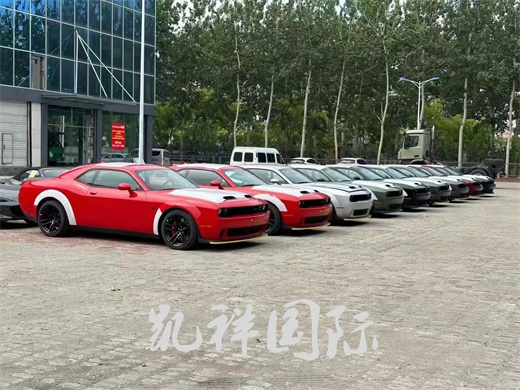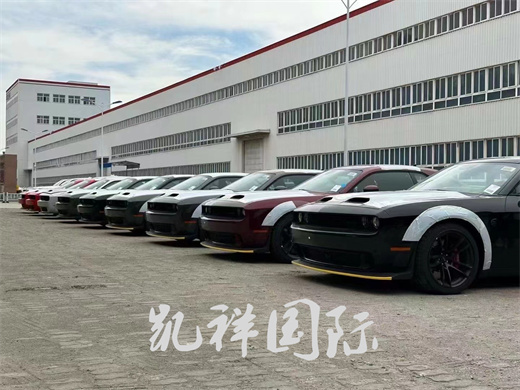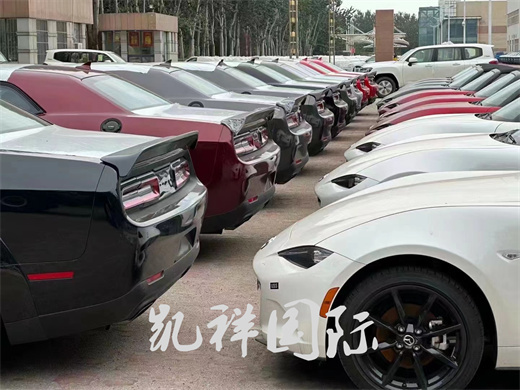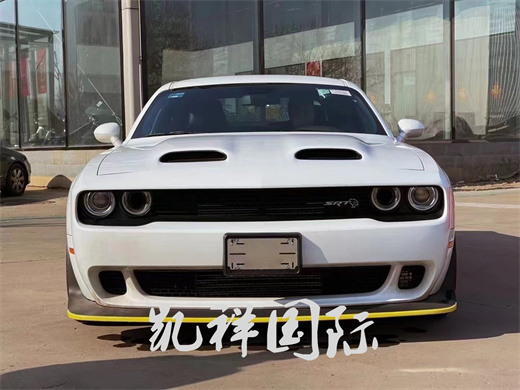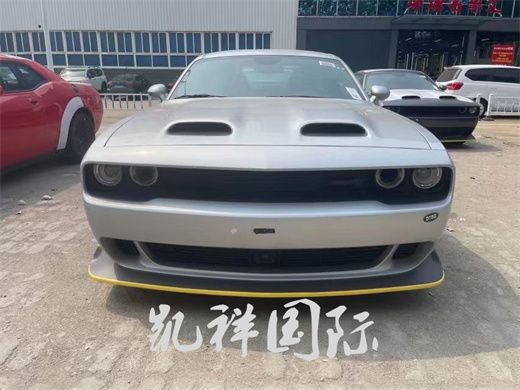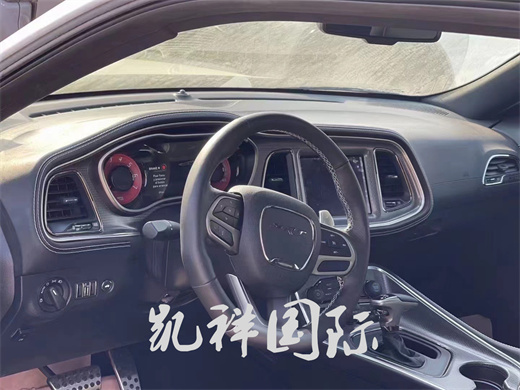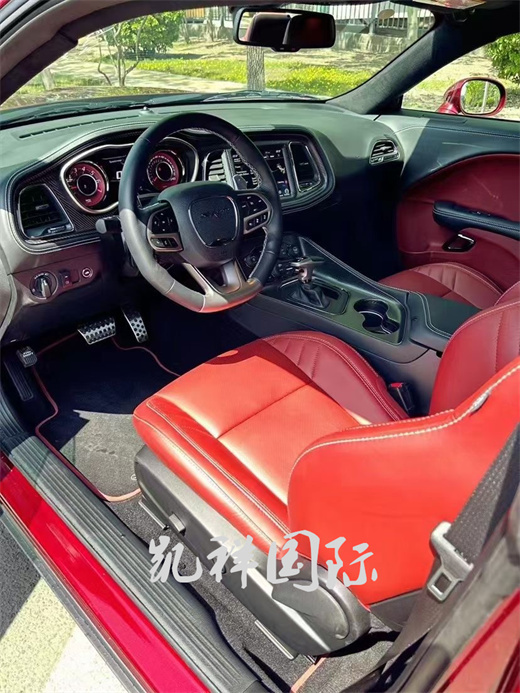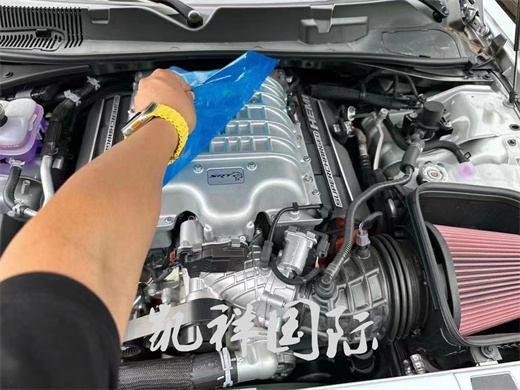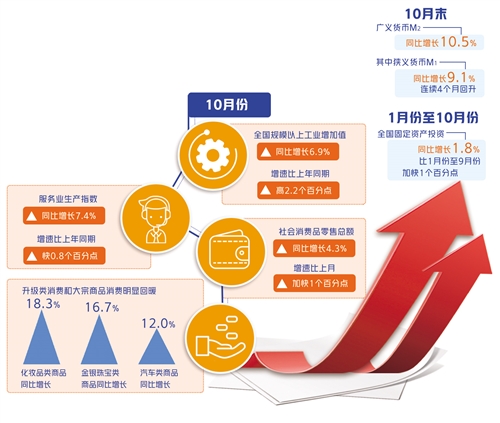Today is the seventh day of the seventh lunar month. In the ancient myths and legends of China, on this day, the Cowherd and the Weaver Girl met on the Magpie Bridge, and all shall be well. On this Valentine’s Day in China-Chinese Valentine’s Day, what love stories do you think of in China’s literary works?
Braised cat head in red wine:
Recalling the descriptions of love in China’s literary works I have read, I will think of a novel that is not about love, and that is Ba Jin’s Home. Among them, the emotional entanglement about eldest brother Chueh-hsin and cousin Mei once touched me very much. Because of the objective reasons of parents’ orders, the words of the matchmaker and the subjective reasons of Chueh-hsin’s cowardice, they finally got married separately. Like the Cowherd and the Weaver Girl, the two of them were torn apart by family arrangements and some traditional ideas. When they got married separately, there was no way to enter a new happy family life because this love was not perfect. In the end, their ending was very bleak and ended hastily with eternal regret.

But in the novel, I think their love description is very touching. In the book, eldest brother always likes to wander in the plum trees. There are always a few bottles of plum blossoms in his room, and he will beg his wife to draw a picture of the canopy with the theme of plum blossoms. He loves plum blossoms so much, and the inside is clear at a glance-only because the plum grove has the same name as cousin Mei, and only because it always reminds eldest brother Chueh-hsin of the people in his heart. Chueh-hui almost said something like "Be careful that this plum blossom is dividing the love of big brother" in front of her eldest sister-in-law. When people in Sri Lanka can no longer meet with love as before, the symbol "Mei" has become a symbol of people who have loved but missed, which has been emphasized intentionally or unintentionally by eldest brother in life, and has become an indelible part of life in another form. There are always brothers and sisters who advise them: just forget the past and don’t torture themselves with it, but how can this feeling be forgotten so easily with a sad face and an empty heart? These implicit, sad, but very beautiful, unspeakable feelings, I think to some extent, in line with Chinese’s expression of love. We know that it is impossible for them to be together-they can only end in tragedy for various reasons-but when we see these unspeakable sad thoughts, we will forget Chueh-hsin’s cowardice, all kinds of dissatisfaction and accusations against his indecision at this moment, and we will only be deeply moved by their deepest feelings. In a sense,This also conforms to the literary and dramatic characteristics of the tragic beauty of love.

Cousin Mei in the TV series Family Spring and Autumn Based on Ba Jin’s novel.
Senior leader monkey:
Ask lotus root how much silk it has, and lotus knows who it is suffering for. The two flowers are charming and opposite, just the children of the old family. It’s already allowed. If you don’t teach, you will live and die. The sunset is speechless. In the smoke of thanking guests, the Xiangfei River is not heartbroken.
Sweet dreams, fortunately, Ganoderma Lucidum. The world is pitching today and tomorrow. The sea dries up and the rocks crumble, and you hate not to bury the loess. Acacia trees, flowing in the year, are mistaken by the west wind for no reason. Lan Zhou lives less. I am afraid of carrying wine again, my red dress is half down, and I am lying in the wind and rain.
I recently read the love poems in China literature, and I was most impressed by Yuan Haowen’s two "Touching the Fish". I quote the second song here: "Touch the fish and ask the lotus root how much silk there is".
You may be familiar with the first song: Touching Fish and Yanqiu Ci, because Mr. Jin Yong quoted this word in his The Condor Heroes. When Li Mochou died, he sang the song "Touching Fish and Yanqiu Ci" in the fire: "What is the love in the world?". This word can also represent the theme of the whole book "The Condor Heroes": questioning about love.

Stills of TV series "The Condor Heroes"
This song "Touch the fish and ask the lotus root how much silk there is" is a companion piece of Yanqiu’s ci, and I like it very much. There is a word order before this word, which tells Yuan Haowen why he wrote this word. It comes from a story Yuan Haowen heard: During the Taihe period, there was a young man and a woman who fell in love with each other, but their families opposed it, and they both died. There is also some legend in this story. At that time, the government went to look for their bodies, but they were not found. Later, someone accidentally found their bodies in the water. Then, in the summer of this year, in the lotus pond where two people drowned, all the lotus flowers became a symbol of love.
This word is also very touching. There are not many descriptions of love in China’s literature, especially the poems about love between men and women, which are more descriptions of marriage. There are some poems about this kind of young men and women’s double suicide in China’s poetry tradition, such as Peacock Flying Southeast in our high school, but most of the time this kind of poems appear in folk Yuefu, in the form of folk singing. Yuan Haowen, as a literati, wrote such a story in words, which is actually rare. Ci is a new Yuefu. I think Yuan Haowen’s first word really echoes the traditional theme of Yuefu, that is, the pursuit of love and the praise of love in human nature.
Zhang Yong, the father of success:
When it comes to love in China literature, I always think of Li Wenxiu. The whole book "White Horse Whistling in the West Wind" seems to be talking about all kinds of unrequited love, and the only lover in two of a kind is not the protagonist. The protagonist Li Wenxiu is in love with one of the lovers. Some people kill their rival in love and get revenge from their loved ones, while others kill their loved ones, and if they can’t get it, they will be destroyed. What can she do? "If you deeply love someone, but you deeply love someone else, what can you do?" Li Wenxiu chose to fulfill and protect them, not to disturb them, and left the desert where the north wind blows the yellow sand with a white horse and went to the south of the Yangtze River alone. Two of a kind is not the only one who is in love. Li Wenxiu loves Sup, but he doesn’t expect to get his return. Love is not an equivalent exchange. There is nothing to do, no solution, and no escape. She wants the person she loves to be happy and wants him to be happy.

"There are willows, peach blossoms, swallows and goldfish in the south of the Yangtze River … among the Han people, there are handsome and brave teenagers, charming and handsome teenagers … but this beautiful girl is as stubborn as the ancient Gao Changguo people: they are all very good, but I don’t like them."
No matter how good other people are, it has nothing to do with me. I have never forgotten each other since I was here. This kind of love that transcends worldly possessiveness will never stop.
Dreron who lost his naming rights:
In a few words in The Legend of Flying Fox, it is not difficult to see Cheng Lingsu’s growing environment: he was humiliated by his family since he was a child (a girl can lose the mirror of the whole family, and it is not difficult to imagine what harm he did to Cheng Lingsu); Less than ten years after he was admitted by Master Wu Chen, Master died. He was always on the lookout for three brothers and sisters with ulterior motives and a more dangerous martial uncle, Shi Wanchen. At this moment, Pei Hu, who really cares about her, is undoubtedly a star in her life. Before Cheng Lingsu can see a better world, the girl’s affection has been firmly tied to Pei Hu. Quite absurdly, this love affair not only brought Cheng Lingsu great emotional hurt, but also led to her death. Utilitarian, it’s hard to say which is more dangerous, Pei Hu or her brothers and sisters.

Perhaps in another universe, Pei Hu meets Cheng Lingsu and Yuan Ziyi in a reversed order, and Cheng Lingsu’s love can get more feedback, but it is possible after all. There is no doubt that there is a big problem with Pei Hu’s handling of feelings. When he was singing with blacksmith Wang, he had vaguely understood Cheng Lingsu’s feelings for him. However, looking at his behavior throughout the book, he never faced up to the existence of this feeling before Cheng Lingsu died, and even pushed her into an inseparable position by becoming sworn brothers and sisters. Jin Yong is also cruel. He rarely lets his protagonist fall into an emotional dilemma, so he has to let Cheng Lingsu die.
Hu Fei in Flying Fox of Snowy Mountain changed his waywardness in The Legend of Flying Fox and became depressed, so it is easy to think of Chen Jialuo in the same world view. The living are always more likely to attract attention, but a wisp of game-writing protocol hidden under them is always ignored.

Flying Fox of Snowy Mountain stills of TV series
Kuang Kuang:
See this topic, I think of Gui Youguang’s "A Ridge Xuan Zhi".
The first time I read this article was in a high school Chinese textbook. Gui Youguang took Xiang Jixuan as the timeline to record the changes of "Gezi" and some family chores. His brushwork is extremely light, but his feelings are beyond words and endless. I have the deepest impression on the memory and love for my dead wife shown in the last two paragraphs, which he added as a postscript 13 years later. Every time I read that "there is a loquat tree in my family, and my wife planted it in her hand when she died, it is so graceful now", it always makes my heart suddenly empty.
Gui Youguang recorded the daily scenes of reading and chatting with his wife, just like those warm and simple pictures that will appear in each of our homes. I always read all kinds of vigorous, lively and gorgeous love stories, and cried and laughed with the protagonist, almost forgetting that there are more people whose love is dull or even ordinary, and eventually it will become family ties. But this kind of love is also very touching. From Gui Youguang’s words, I can imagine that he and his wife occasionally looked up and smiled at each other when they were reading at their desks, and they saw each other’s beautiful appearance; From the curious words of his wife and sister, "I heard that my sister’s family has a pavilion, and what is a pavilion?", imagine his wife returning to her mother’s house and talking about her daily proud and shy smile with her husband; You can see Gui Youguang’s sighing after his wife’s death.
Everyday calm and trivial love is true and deep.
Loquat tree has grown up, with his love and yearning for his wife.


